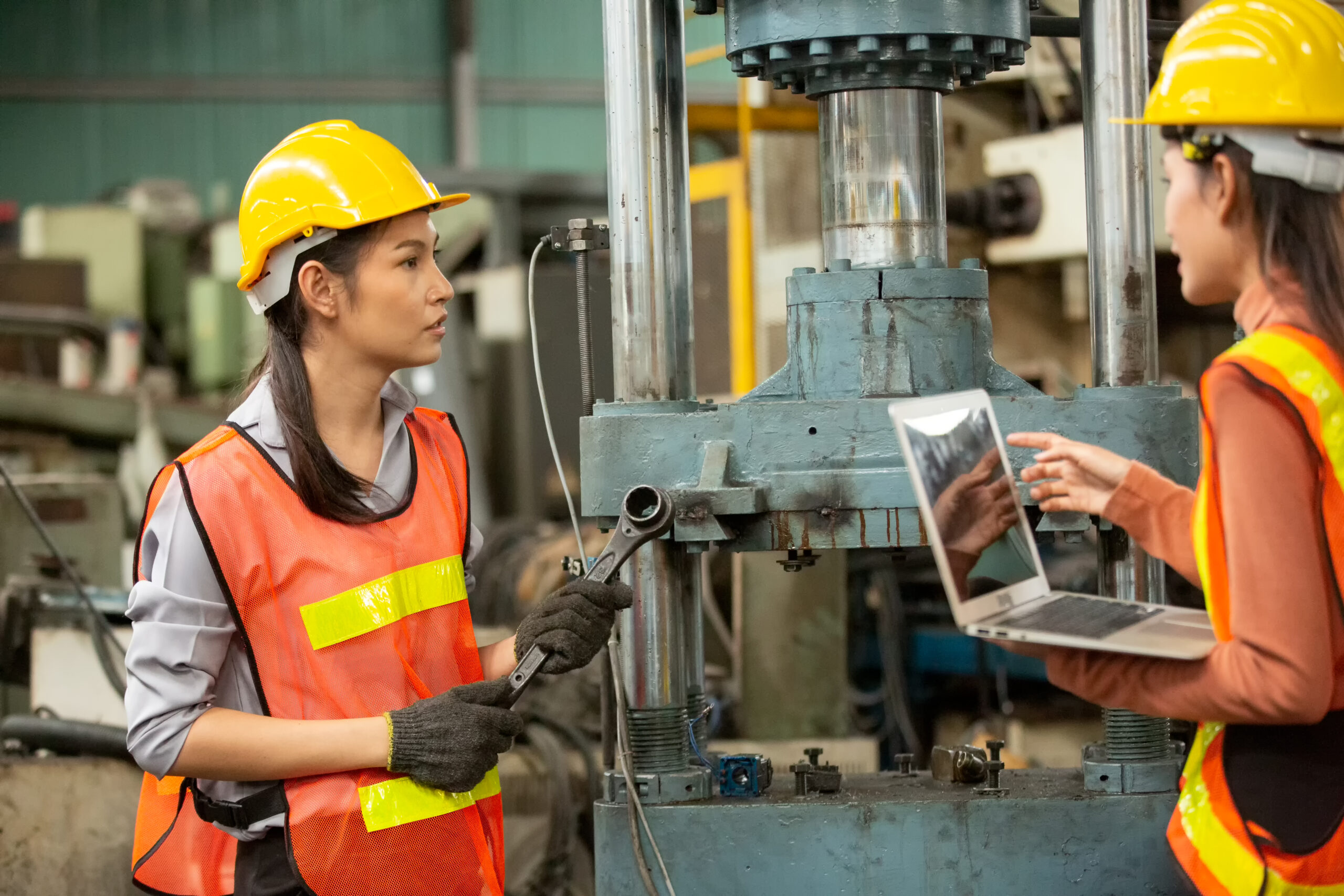The Ins and Outs of Running a Modern Manufacturing Plant
Running a modern manufacturing plant is a complex task that requires meticulous planning, state-of-the-art technology, and a keen eye for innovation. As the industry evolves, manufacturing leaders must adapt to new strategies and tools to maintain a competitive edge. From robotics to sustainability, factories are experiencing a transformative era, reshaping the future of production. Below, we delve into the pivotal aspects of what it takes to operate a successful manufacturing plant in today’s industrial landscape.
Embracing Automation in the Manufacturing Plant
The rise of automation has revolutionized the way manufacturing plants operate. Automated machinery can perform tasks with precision and consistency, reducing the potential for human error. This technological leap leads to improved product quality and a significant increase in production efficiency.
With the advent of collaborative robots, or ‘cobots,’ the dynamic between man and machine has shifted towards a partnership. These cobots assist human workers with repetitive or dangerous tasks, presenting new opportunities for upskilling and reallocating labor to more complex operations.
Moreover, automation software integrates seamlessly into manufacturing systems, allowing for real-time monitoring and control. The integration of a network monitor tool ensures that operational downtimes are minimized, as system administrators can detect and solve issues promptly.
However, the transition to automated manufacturing requires significant investment and planning. Manufacturers must consider the correct balance between automated and human-centric processes to avoid displacement of workers and ensure a smooth transition.
Implementing Sustainable Practices for Modern Manufacturing Success
Today’s consumers are increasingly conscious of environmental impacts, and manufacturing plants are responding by going green. Sustainable practices aren’t just good for the planet. They can also lead to financial benefits through energy savings and waste reduction.
Another step toward greener manufacturing is to engage a fuel supplier in Alberta that prioritizes sustainable sources. Choosing suppliers that align with a plant’s sustainability goals can significantly enhance the facility’s overall environmental efforts.
Renewable energy sources such as solar and wind are becoming more prevalent in the manufacturing sector. By utilizing these alternative energies, plants can reduce their carbon footprint and achieve a more sustainable production process.
In line with eco-friendly strategies, waste management systems have also become essential to modern manufacturing. Manufacturers minimize environmental harm and create a closed-loop system through strategies like recycling and repurposing materials.
Navigating Supply Chain Complexity in Manufacturing
Supply chains in manufacturing have become more intricate than ever before, with global networks and just-in-time delivery models. Effectively managing these networks is critical for maintaining production schedules and customer satisfaction.
Challenges such as geopolitical tensions, trade wars, and pandemics can disrupt supply chains, causing delays or shortages. Manufacturers must develop robust contingency plans and diversify their supplier bases to mitigate these risks.
Technology plays a pivotal role in enhancing supply chain visibility and resilience. Manufacturers can anticipate disruptions and adjust their strategies by using advanced tracking systems and predictive analytics.
A successful supply chain strategy involves collaboration and communication among all stakeholders. Working closely with suppliers, transporters, and distributors ensures a harmonious flow of goods and materials, essential for seamless manufacturing operations.
Harnessing Data Analytics for Enhanced Manufacturing Operations
Data analytics has become a cornerstone of modern manufacturing, enabling decision-makers to extract actionable insights from vast amounts of information. The implementation of smart sensors and Internet of Things (IoT) devices allows for the collection of detailed operational data.
By applying advanced analytical techniques, manufacturers can identify patterns and predict equipment failures before they occur, which leads to proactive maintenance and minimized downtime. This data-driven approach optimizes production processes and increases overall plant efficiency.
Additionally, with the help of data analytics, manufacturers can improve product quality and customization. Analyzing customer feedback and usage patterns helps tailor products to specific markets, enhancing customer satisfaction and loyalty.
Despite the obvious advantages, data analytics requires a significant investment in technology and talent. Manufacturers must ensure they have the necessary infrastructure and skilled workforce to leverage data effectively.
Running a modern manufacturing plant requires a multifaceted strategy encompassing advanced technologies, sustainable initiatives, agile supply chain management, data-driven decision-making, and a dynamic workforce. By addressing each of these key areas with diligence and foresight, manufacturers can ensure their plants operate effectively in the demanding and ever-changing industrial landscape.




